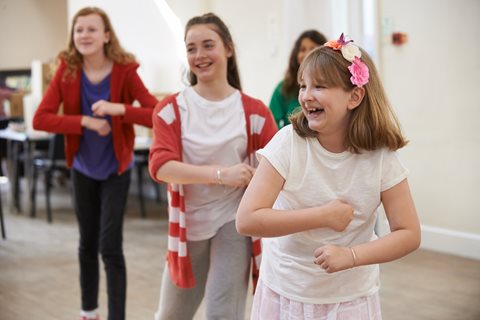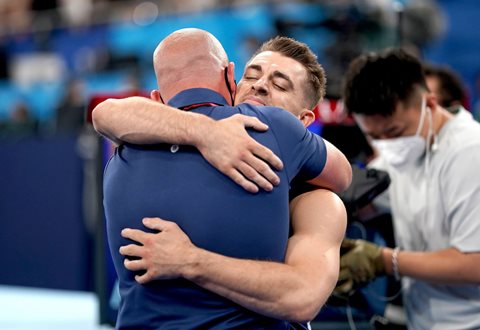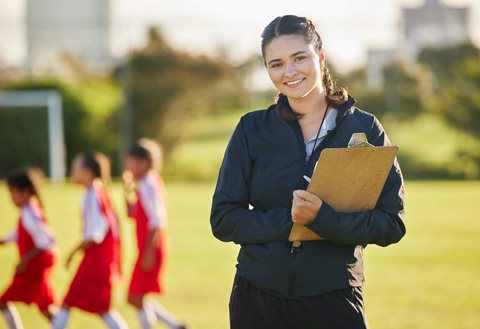Our cookies
We use essential cookies to make our website work smoothly for you. To make sure we're always improving, we'd like to use analytics to track how people use the site. We won't set non-essential cookies unless you give us permission. You can find more information about all the cookies we use in our Privacy and Cookie Policy.
Some cookies are a must for our website to function properly. If you turn off essential cookies, it may affect how you experience our site.
The non-essential cookies we use help us understand how you use our website and make improvements to enhance your experience.
Girls Just Wanna Have Fun: How to Plan Engaging Coaching Sessions for Girls
Insight Manager at Women in Sport Tanya Martin and Shotgun coach and athlete Georgina Roberts share their knowledge and experiences on crucial need-to-know topics surrounding girls’ participation in sport and physical activity, including puberty and menstruation, and practical ideas to help coaches encourage and support positive social interactions at and beyond sessions.
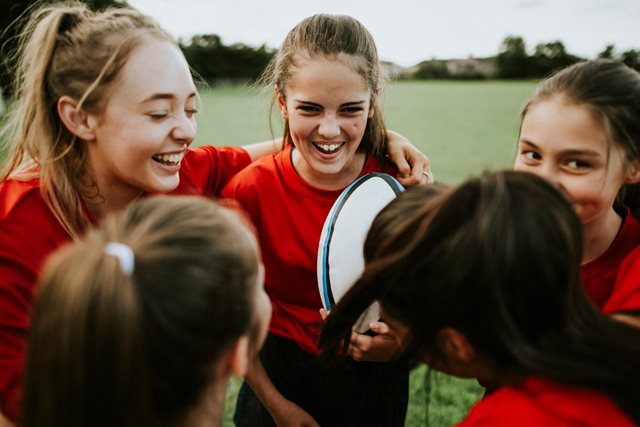
Included in this article:
by Charlotte Potterton
Part 1 of this two-part series considered the three foundational pillars of the Children’s Coaching Collaborative: children’s rights to play, to develop, and to be heard, and made some suggestions as to how coaches working in a variety of sports can embed them into their practice.
It also explored the worrying barriers to girls’ involvement in sport, offering insight into the multitude of reasons why girls may not demonstrate an open interest in participation in sport or seem to ‘lose’ interest and become disengaged.
In Part 2, Insight Manager at Women in Sport Tanya Martin and Shotgun coach and athlete Georgina Roberts suggest practical strategies to help with planning great sessions that are tailored to meet the needs and support the development of young girls, including by making time and space for social interaction, and indispensable insight into common experiences of puberty and menstruation.
How to plan a coaching session for girls
Think about when you’re offering praise
“From an early age in primary school, girls are less likely to enjoy sport and exercise, less likely to feel confident in sport and exercise, and less likely to feel able compared to boys. So they need more support to find out what they enjoy, and they need their confidence boosting,” Tanya says.
One easy way to achieve this is to praise the process, not just the outcome.
If you can praise what they have achieved more, so it’s not just about getting a goal or scoring, but how they approached the attempt to score, or how they kicked the ball, then you can build up confidence and resilience. Celebrate the short-term improvements rather than just long-term success.”
Tanya Martin Women in Sport
Another strategy is to try to combat the preconception that they should or need to be great at something the first time that they try it.
“Would you expect to understand maths problems the first time you try one? No. Compare it to things that they do accept take time and learning,” Tanya says.
Georgina also recommends working with the girls that you coach to help them set relevant and achievable goals.
“I always want the girls that I work with to feel that their plan is relevant to what they want to achieve, and that they buy into what we’re creating together, but at the same time, that the plan really motivates them.
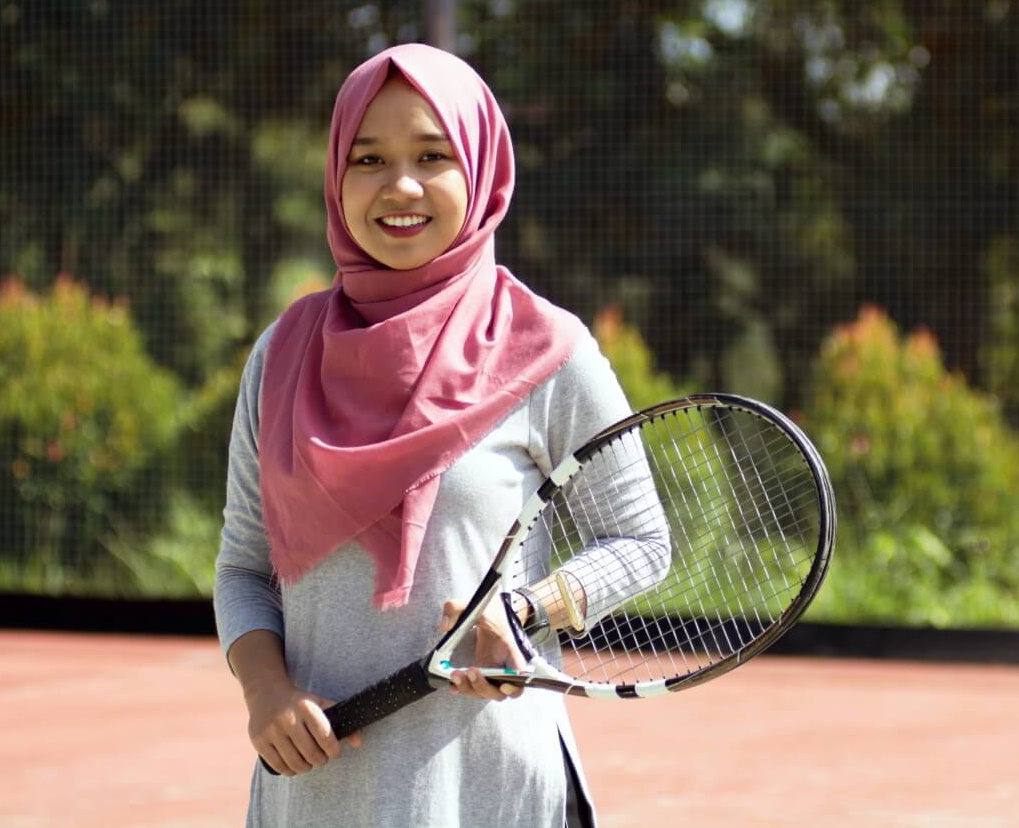
“Sometimes plans can look too far into the future, such as: I want to be an Olympic gold medallist. But what does that look like, how does that feel? So I help them to break it down into bite-sized steps, so that they can actually see a way of getting there. They can then really buy into the process and enjoy the process, rather than just running towards their end goals.”
This can be achieved by celebrating the ‘small wins,’ and as Georgina explains, recognising tangible progress.
It could be that you’ve given someone a task, and they’ve done it really well, but they haven’t quite achieved the end goal. It’s about celebrating the fact that they did all the steps right, even if they didn’t quite make it over the finish line when it came to finishing the task off."
Georgina Roberts Shotgun coach and athlete
“Within shooting, we shoot rounds of 25 targets, so we often focus too much on how many targets we shot out of 25. If we shoot 24 out of 25, that’s an incredible score, but you always focus on the one target that you messed up.”
This is when the coach can step in to focus the conversation on what was done well, such as clear skill development—even if those improvements haven’t yet manifested in a performance environment.
“If they’ve mounted the gun correctly 25 times, that’s their win,” Georgina says. “It doesn’t matter how many they shoot if they’re technically doing it right. Praise the effort that’s gone into that, and those technical elements of skill development.”
In other sports, this may look like someone retaining greater control of the ball even if they don’t succeed in scoring or significantly improved performance when avoiding defensive players.
“It could also be that you put conditions in place,” Georgina says. “At sessions, we might have a rule in place that if they miss a target, they have to hit it twice before they can move on. Everyone can do that, and so everyone can take part. Make sure that everyone knows that in the session they’re working on their individual plan, so it doesn’t matter what B is doing, because A is focusing on their goals.”
This demonstrates the value of individual goal setting, which ensures that everyone has the right and the opportunity to develop their skills in areas that are meaningful to them and relevant to their personal journey.
“If you’ve asked A to work on their gun mount, and they’re doing really well, then recognise and take the time to celebrate that.
"If they have a favourite game that they like to play, such as speed traps or shoot-offs, to celebrate that milestone, give them the chance to play their favourite game or do their favourite training exercise to help them celebrate their success.
“It helps focus people on their goals and gives them something fun to look forward to if they’re having a tough session or aren’t seeing really clear progress that week.”
Challenge Yourself
Ready to take action? Use these child-first ideas to ensure that everyone at your session has the right to develop.
DOWNLOAD
Supporting friendship development
Tanya recommends allowing friendships to develop in a safe and supportive environment.
“Most girls love having an element of social interaction, so if you can build that into sessions, that adds to a sense of belonging, of enjoyment. We know that’s how girls build confidence, which they need to perform.”
Building social interaction into sessions can be as simple as providing opportunities for girls to take part together, whether that’s part of a team-building activity or working in pairs.
Georgina adds that opportunities both at and outside your sessions can be impactful, “whether it’s just staying out for a team meal or doing strength and conditioning work together and making it fun.
“As shooting is an individual sport, you can feel quite lonely sometimes, especially on the pathway. You can get drawn into it being the same old thing, every day. If you’re working with other people, it can really help build relationships, and it enables girls to have a laugh and a giggle, within a safe and structured environment.
“As long as you have the technical, tactical and mental elements in there, you also need to make sure that you’ve got an element of fun too.
Maybe at the end of the session, encourage people to let their hair down more, and get out of that mental space that they need to be in to perform. No matter how their training session went, including some fun at the end means that they can leave the session with a smile on their face.”
Georgina Roberts Shotgun coach and athlete
Georgina recommends encouraging social connections to form both at and beyond practices, such as by arranging meetups and “offering educational opportunities such as a talk with a sport psychologist, or something about nutrition.
“You can then encourage them to do something like make healthy snacks to bring in and share at training. It gives them something tasty but nutritious to have during a break at training, which then also gives them a chance to chat with each other about their lives outside sport.”
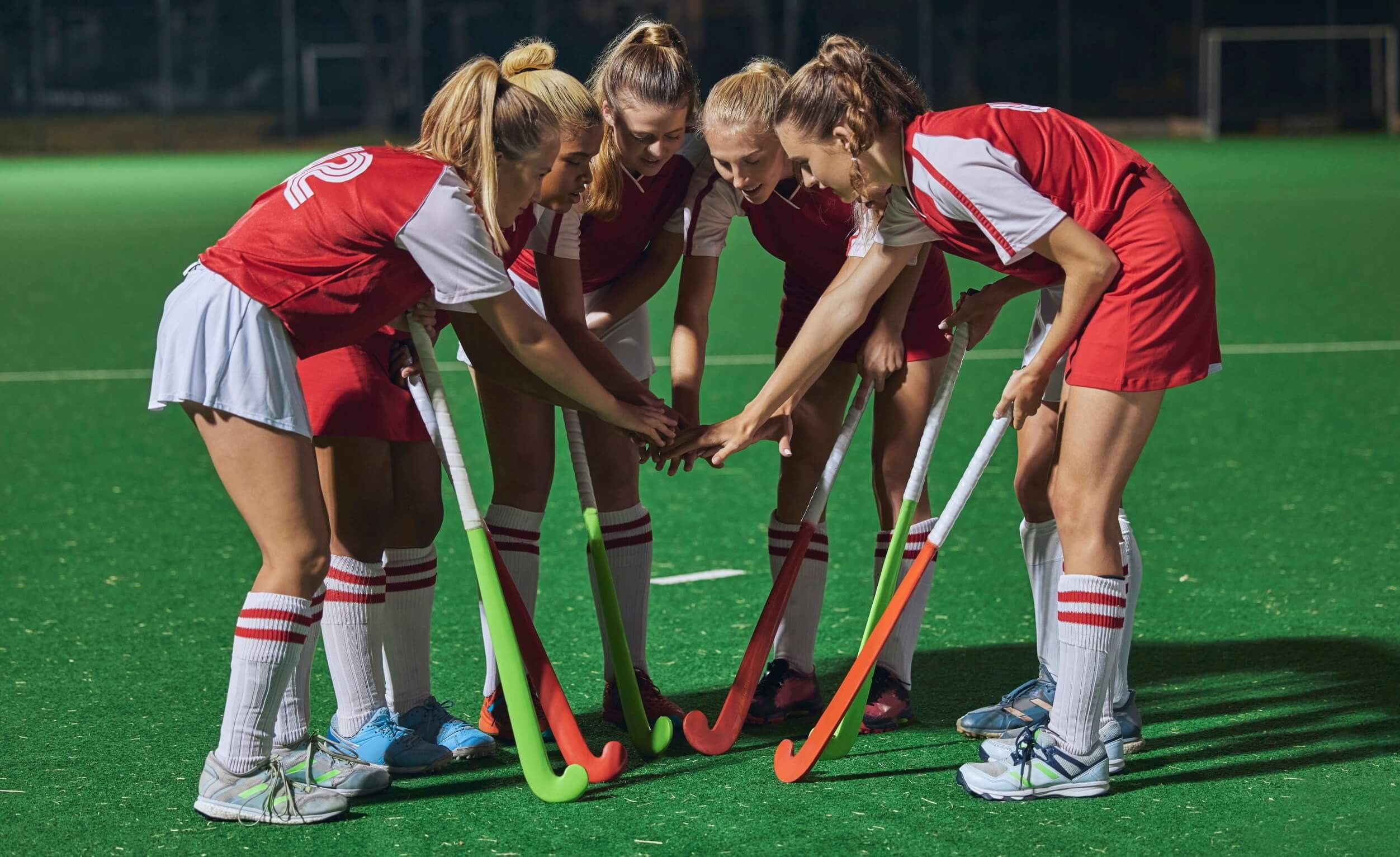
Coaching teenage girls in sport
“Voice and choice become even more important for retaining teenage girls in sport,” Tanya says. “They’re becoming more independent, seeking out that autonomy as young adults. We need to honour that and make sure that we’re listening, both to find out what they want and to ensure that they feel listened to.”
Another important strategy for retaining girls in sport is ensuring that girls have the right equipment. Taking steps to be as flexible as your sport and environment allow can be the difference between someone feeling empowered and encouraged to give your session another try and leaving without looking back.
“Going into the cost-of-living crisis, we’re going to see a lot of families not able to afford kit,” Tanya says. “Maybe you can’t be flexible around kit at matches, but you can be flexible around practices. Not only will that ease cost issues, but it will also make girls feel more comfortable. If they can show up in what they feel comfortable in, they’re going to be much happier.”
As we know, they’re much more likely to keep coming back if they’re enjoying themselves.
For more on this topic, have a read of the Women in Sport article, Reframing Sport for Teenage Girls: Tackling Teenage Disengagement.
.jpg)
Puberty and menstruation
“Girls hit puberty, and often don’t feel comfortable in their bodies,” Georgina says. “They know what’s happening, but it’s not comfortable and they may no longer feel like themselves. Especially when they’re at school and going to PE, they won’t necessarily want to get changed around other people, as everything feels uncomfortable and weird.”
As well as being emotionally difficult, periods can be physically debilitating for girls. As such, the first step to supporting girls at your sessions is to have empathy for the experience.
“Believe girls when they say that they’re in pain or struggling,” Tanya says, “because there is a tendency to underestimate period pain.”
It might also help to look at the Women in Sport opinion piece, Understanding puberty and menstruation and its impact on girls and sport.
The next step is to make it clear that they’re in a safe space to discuss their periods if that would help them—even if they don’t discuss them with you. This will help to normalise the conversation and reduce any feelings of shame.
“Parents are important in this conversation, but not all girls feel comfortable talking to their parents about the changes that they’re going through,” Tanya says. “In sport, they’re already using their bodies and are focused on what their bodies can do, so it’s a great opportunity for coaches to take that a step further and talk about bodies generally and signs of health like a period.
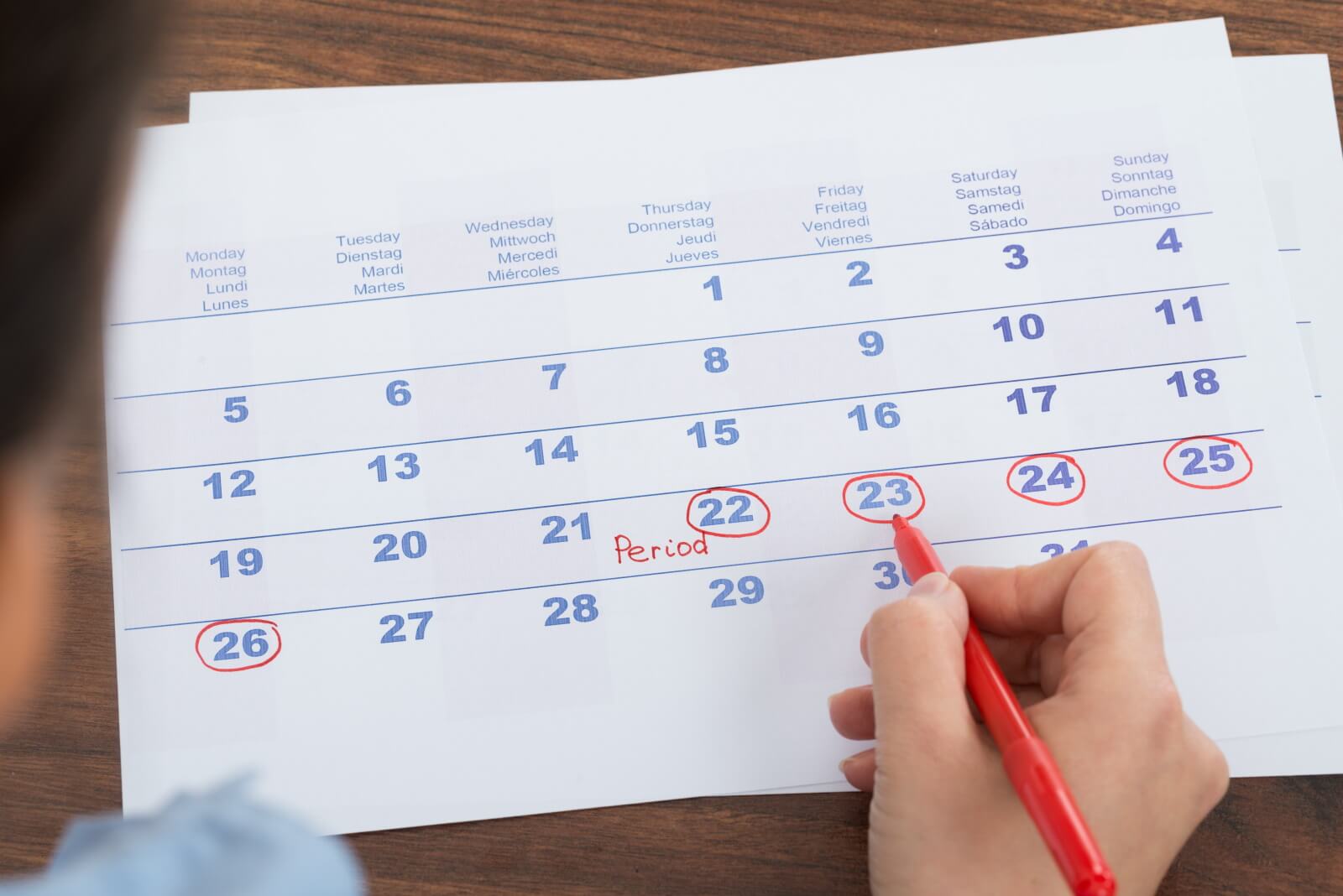
“You don’t need to speak about it yourself, but it should never be a closed book. You should never indicate that you’re not there to speak about periods. It just might not be that you’re the central person. You may want to bring in an older girl from the club, for example.
“Around the world, we have a real taboo around periods still that’s shifting gradually but is still strong. Treat periods like what they are: a fact of life that occurs once a month for girls.”
You don’t need to have those uncomfortable conversations about the birds and the bees. You just need to explain to the people that are going through it that if they’re uncomfortable, they can go to you. If they’re going through anything, they can go to you. It doesn’t need to be uncomfortable, and it doesn’t even need to be spelled out. As long as they know that you’re there for them, you’re accessible to them, that's all they need.”
Georgina Roberts Shotgun coach and athlete
Georgina adds that it’s important not to target anyone specifically and, if your sessions are mixed gender, to include everyone in the conversation.
This could best be achieved by using different methods of communication, such as newsletters, email marketing and your social channels, as then you have the best chance of reaching the greatest number of people. Something as simple as an infographic that explains how it can make you feel when you’re on your period and competing can build awareness.
Self-Reflection: Voice
Take some time out to consider your coaching practice and any areas that you'd like to improve.
START YOUR SELF-REFLECTION
Managing the practicalities around periods
Managing the practicalities can also help encourage participation, as then girls won’t need to simply go home if their period takes them by surprise or because they feel embarrassed to ask for supplies.
“Providing sanitary supplies goes a long way,” Tanya says. “Have them in your facilities, keep them in the kit bags. Try to make sure, if you do have facilities, that girls don’t have to go to a cupboard to get them. Just put them in the bathroom. Don’t add extra steps to access that kit.
“If you can provide privacy, that’s ideal, but it’s also helpful to provide education not just around kit like tampons and pads, but also sports bras. Many girls aren’t using them, don’t know why they need them and don’t understand breast health. That needs to change.”
Georgina adds that this can remove considerable pressure in a competition environment.
“If you can’t leave the training facility, you may need someone to go out and get those items for you. Having people that you can turn to like that is so important for peace of mind.”
Top Tips on Encouraging Girls in Sport
Find out ways to encourage girls to participate in sport and physical activity.
DOWNLOAD NOW
Courses for coaching girls in sport
The same is true for coaches: having people to turn to for assistance, advice and even just the peace of mind that comes from knowing you’re doing your best is really important.
“We partnered with a company called Accelerate Sport and we have a CIMSPA CPD course on engaging teenage girls in sport that talks through a lot of our resources,” Tanya says. “We also have a toolkit on Women in Sport on supporting teenage girls. We’re always happy to work with organisations to help them think about how they can engage more women and girls in their contexts.”
Other resources you may like...
About the contributors
Tanya Martin is Interim Head of Insight and Innovation at Women in Sport. She leads the charity's influential 'Reframing Sport of Teenage Girls' body of work and heads up wider research studies to understand the impact of significant life stages on women and girls' sport and exercise journeys, including in the primary years, and through midlife and menopause.
Georgina Roberts has represented Wales and Great Britain at Olympic Trap shooting since she was 17. As a shotgun coach, Georgina has found her passion for helping others achieve their goals, both privately and on the British Shooting Talent Pathway. She is also an ambassador for numerous sports charities, and a non-executive director for the WCTSA.
SHARE THE MOVEMENT
Help spread the word by sharing this website with fellow coaches!

